Skydio, America’s leading drone manufacturer, has released an essential software update for its X10 drone series to address a rare power-related issue, as outlined in their January 31, 2025 operator notice. This update, detailed in a concise video guide, brings controllers to software version 37232, drones to version 37272, and includes a mandatory battery update process. The move comes at a challenging time for Skydio, as China has halted battery supplies to the company, exacerbating operational hurdles for this key supplier to professional and military drone users.
Skydio Update Process: Precision Under Pressure
The update targets Skydio X10 controllers, drones, and batteries, requiring a methodical approach from fleet managers. Controllers upgrade first to version 37232 via the global settings menu, followed by drones to version 37272, both necessitating an internet connection. For offline X10D systems, operators rely on USB-C drives with software versions 3771 for controllers and 3776 for drones—slightly different from online versions, a nuance Skydio has not fully explained. Once updated, inserting an unupdated battery into a drone running 37272 triggers an automatic 30-to-60-second update, restoring flight capability. Skydio urges operators to complete these updates in an office setting, not the field, to avoid mission disruptions.
This process is complicated by a significant supply chain disruption: China, previously Skydio’s primary battery source through Dongguan Poweramp (a TDK subsidiary), ceased shipments following sanctions imposed on October 11, 2024, in retaliation for Skydio’s sales to Taiwan’s fire agency. With no new batteries forthcoming until alternative suppliers are secured—projected for spring 2025—Skydio has rationed existing stock, limiting customers to one battery per drone. This scarcity amplifies the update’s importance, as flight is blocked on unupdated batteries, leaving operators to carefully manage their limited resources.
Technical Implications and Operational Realities
Though Skydio labels the power issue “extremely rare,” its severity is evident in the flight-blocking safeguard, suggesting a potential risk to power stability that could affect the X10’s reliability in critical applications like infrastructure inspection or military reconnaissance. The update process, while efficient, demands meticulous tracking of updated components—a task made harder by the battery shortage. China’s supply cutoff, detailed in a DroneXL report from October 30, 2024, has forced Skydio to lean heavily on its existing inventory, with CEO Adam Bry noting, “Batteries are one of the few components we have not yet moved out of China.” This dependency has left fleets vulnerable, particularly for time-sensitive operations where spare batteries are essential.
Fleet managers face a logistical challenge: updating all batteries in one batch, as recommended, requires downtime that could strain schedules, especially with limited spares. Skydio’s advice to avoid field updates reinforces a safety-first approach but underscores the operational strain caused by the battery crisis.
Industry Context: Skydio’s Resilience Tested
Skydio’s proactive update reflects its stature in the U.S. drone market, where it competes with China’s DJI by emphasizing autonomous tech and domestic production. The battery supply halt, triggered by Beijing’s sanctions over Skydio’s Taiwan dealings, exposes a lingering reliance on Chinese components despite years of diversification efforts. Previously, Skydio supplied over 1,000 drones to Ukraine, proving its mettle in high-stakes environments, yet this disruption threatens its momentum just as demand for the X10—lauded for resisting electronic warfare—surges.
The sanctions highlight broader geopolitical tensions. China’s move to choke Skydio’s battery pipeline is seen as retaliation not just for Taiwan sales but also as a strike against a rising DJI rival. Skydio’s response—ramping up alternative supplier talks in Asia, including Taiwan—signals a pivot that could reshape its supply chain resilience, though not without short-term pain for users.

Regulatory and Market Fallout
The update aligns with FAA airworthiness standards, though no specific mandate ties to this issue as of February 25, 2025. Skydio’s vague reference to “system safety” suggests a preemptive fix rather than a reaction to widespread failures, aligning with civil aviation best practices. Operators remain bound by Skydio and FAA safety protocols, a dual responsibility amplified by the battery scarcity.
Market implications are twofold. The update and China’s supply cutoff could reinforce Skydio’s image as a dependable, transparent player, yet the rationing risks frustrating customers reliant on multiple batteries for extended missions. Competitors, such as Teal, Brinc Drones, and Paladin Drones, may seize this window, though Skydio’s entrenched position with U.S. military and enterprise clients offers a buffer. Long-term, this could accelerate industry-wide shifts toward supply chain independence, a trend DroneXL notes as gaining urgency amid U.S.-China tensions.
Conclusion: Navigating a Dual Crisis
Skydio’s software update is a critical step to maintain X10 reliability, but China’s battery embargo casts a shadow over its immediate impact. The company’s ability to deliver this fix amidst supply constraints showcases operational grit, yet the broader lesson is clear: even leaders aren’t immune to global supply chain leverage. As Skydio hunts for new battery sources—potentially by spring 2025—the Drone Industry watches closely. This episode may spur faster diversification, strengthening U.S. drone autonomy in a volatile geopolitical landscape.
Operators should act swiftly: update controllers to 37232, drones to 37272, and all batteries in-house, leveraging Skydio’s support resources. The battery crunch demands adaptability, but Skydio’s transparency offers a lifeline.
DroneXL’s Take
Skydio’s dual challenge—rolling out a safety update while grappling with China’s battery cutoff—is a stark reminder of the drone sector’s tightrope walk between innovation and geopolitics. The flight-blocking feature is a bold safety play, but the one-battery limit could test customer patience. Fleet managers should treat this as a wake-up call: update now, hoard spares, and brace for a lean spring. Skydio’s pivot to new suppliers might just redefine industry resilience—if they can outpace the shortage.
Featured photo courtesy of Skydio
Discover more from DroneXL.co
Subscribe to get the latest posts sent to your email.


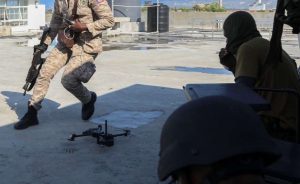

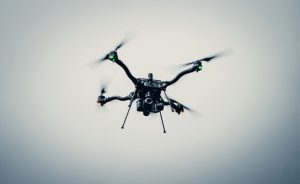


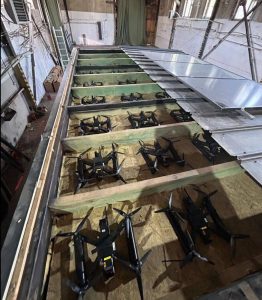

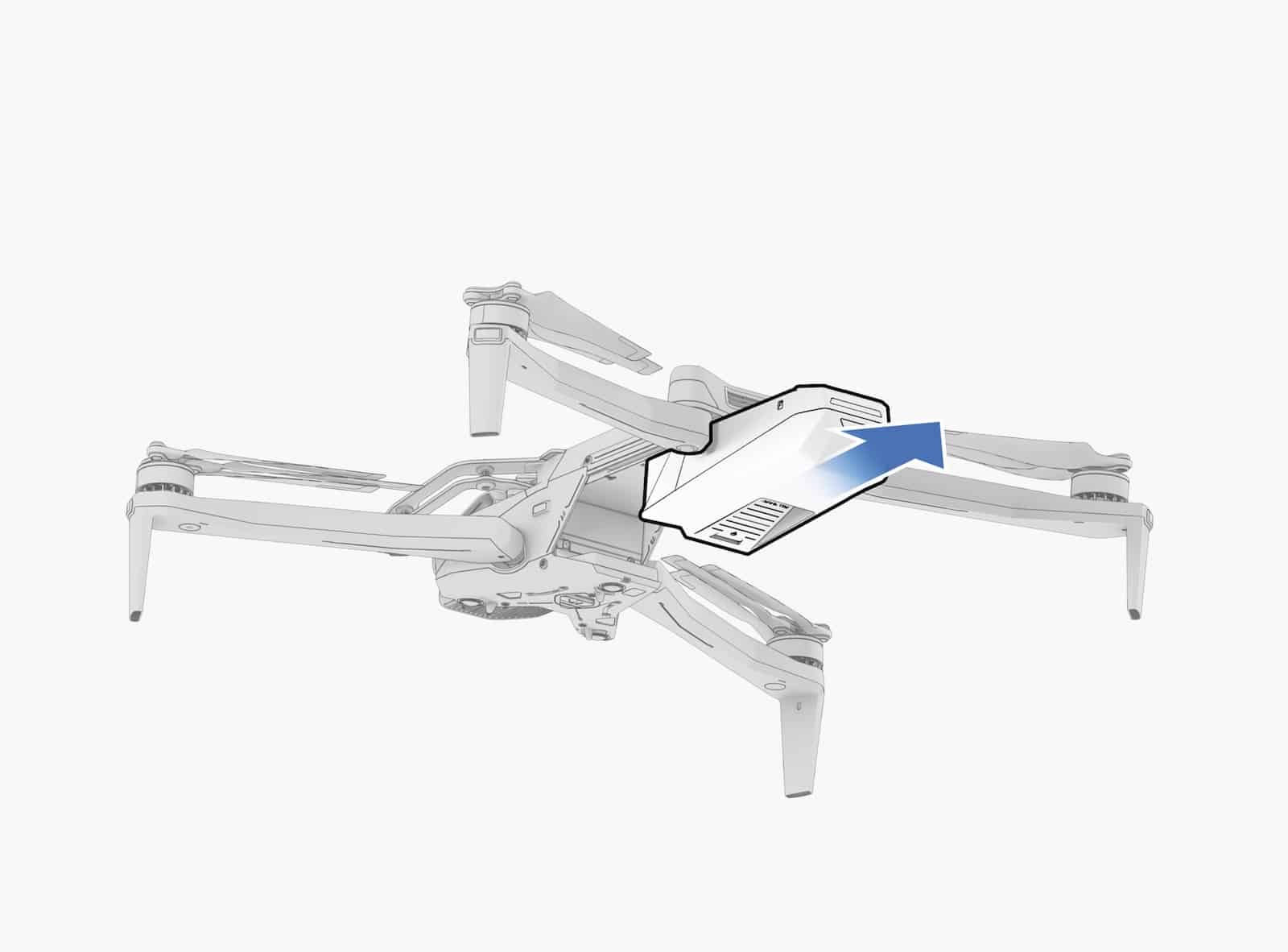


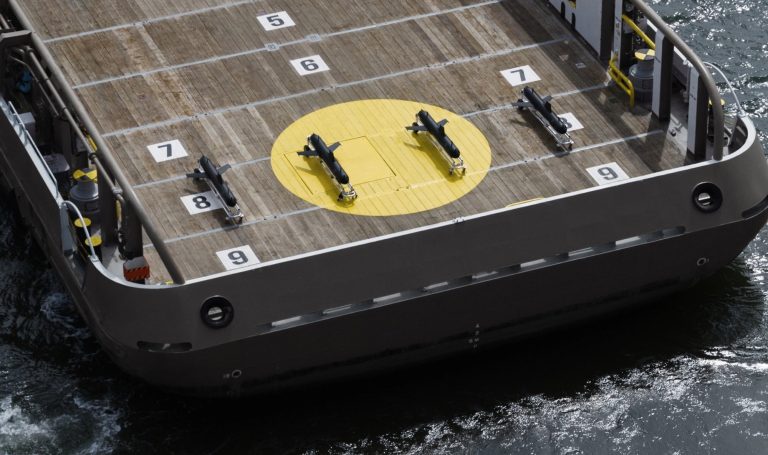
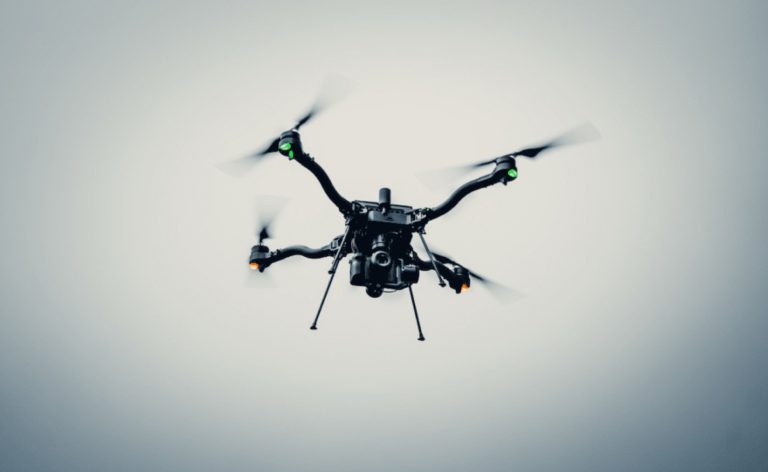
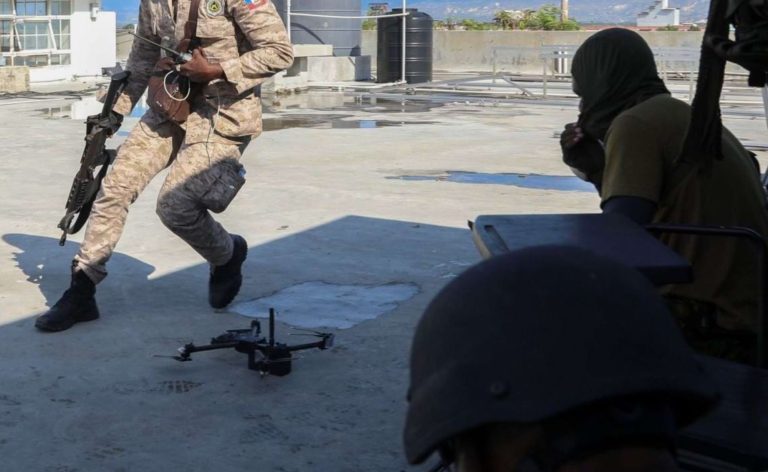

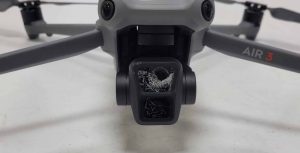
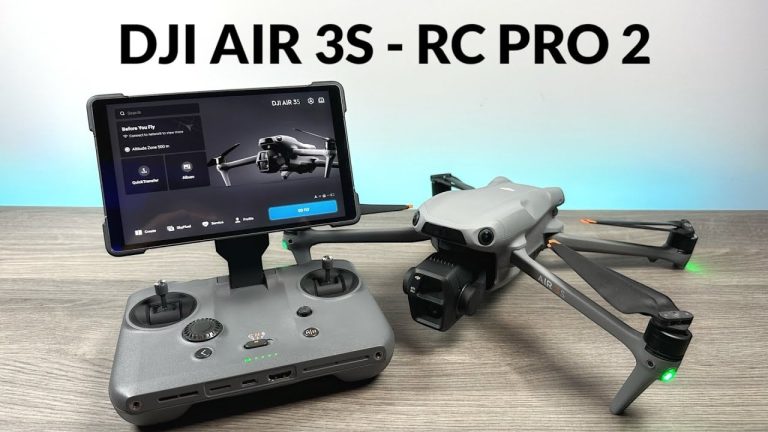
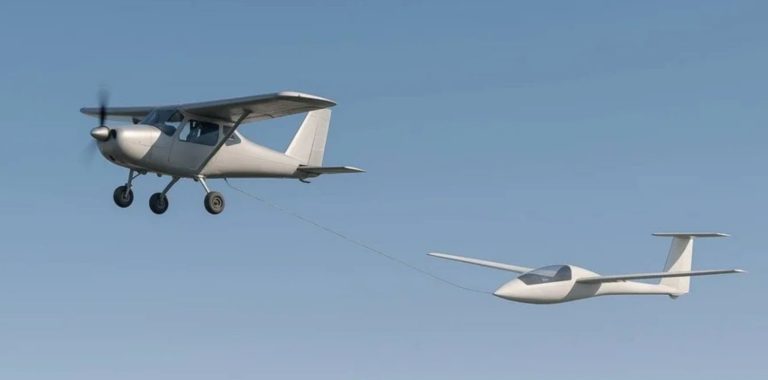
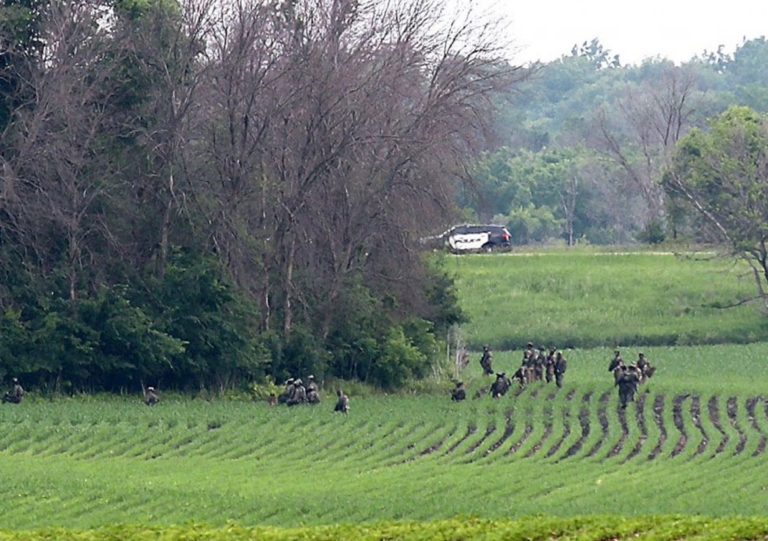
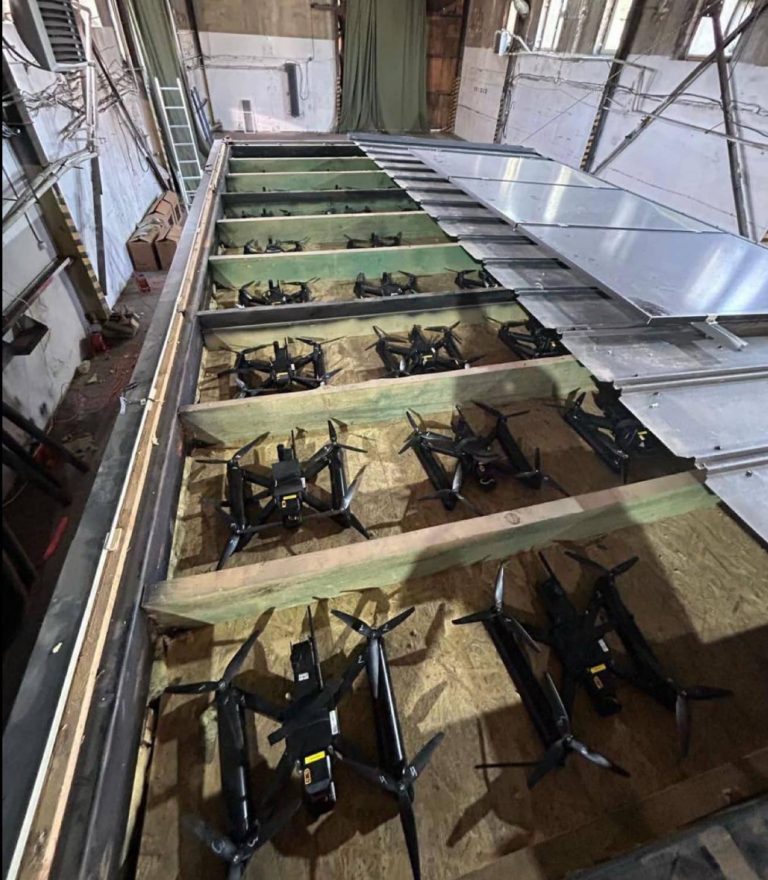
+ There are no comments
Add yours